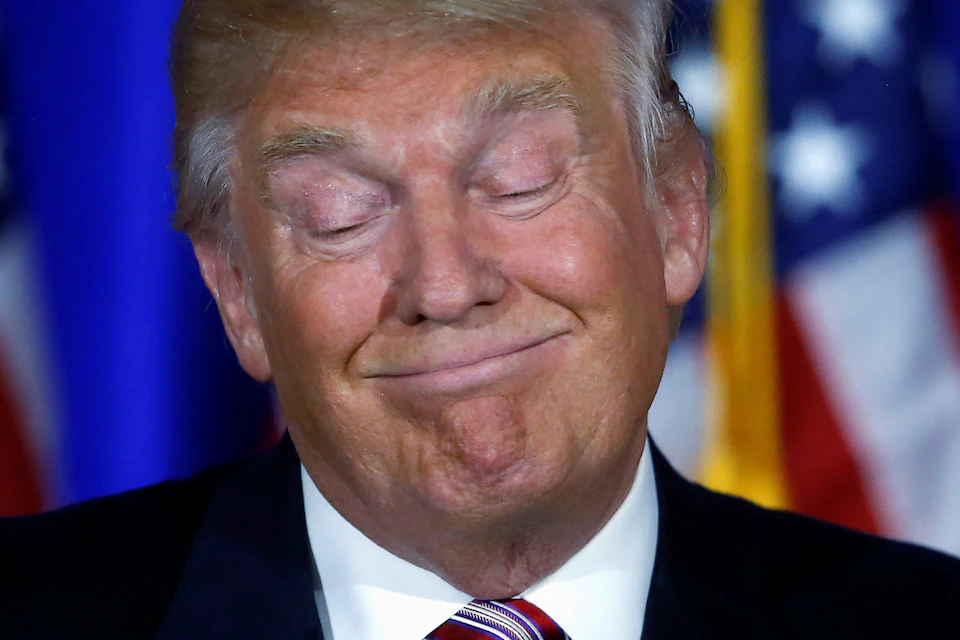Donald Trump is putting free speech front and center in his campaign. During his RNC acceptance speech, the former president said that if he wins, he’ll sign an executive order to stop federal employees from limiting speech.
“I will fire every federal bureaucrat who is engaged in domestic censorship under the Kamala regime.”
Trump also plans to stop federal funding for schools that push ideas like critical race theory or gender ideology, which he considers inappropriate for kids.
This isn’t new territory for him. Back when he was president, he created the 1776 Commission to challenge educational narratives that portrayed America’s founders in a negative light.
Trump’s been taking on big tech companies for years, accusing them of silencing conservative voices.
In 2021, he went as far as filing lawsuits against Facebook, Twitter, and Google. His accusation was that these platforms were unfairly censoring speech.
But there’s been plenty of criticism. Some point to his record as president, where he rolled back civil rights protections for LGBTQ+ students, raising questions about whose speech he’s really interested in protecting.
During his time in office, his administration also proposed regulations that restricted discussions on race and gender in schools. Critics argue that these actually limit free expression.
But Trump’s campaign sees things differently. They’re focused on reversing what they call “radical gender ideology” that they believe is being promoted by the Biden-Kamala administration.
In fact, Trump’s team has vowed to revoke the current Title IX rules if he gets elected, insisting that parents—not the government—should decide what their kids learn.
Tight race amid economic turbulence
Meanwhile, polling shows Trump leading Vice President Kamala Harris by just one point—48% to 47%—according to a New York Times/Siena College poll. It’s close, but this is the first time Kamala’s numbers have dipped since she entered the race.
She is doing better with younger voters, leading Trump by 9 points among people under 45, and also ahead by 10 points with suburban voters, which could be critical in battleground states like Pennsylvania and Wisconsin.
But Trump’s base is strong with men, where he leads by 17 points, while Kamala has a solid lead among women, ahead by 11 points. In swing states, the margins are razor-thin.
Kamala has a slight lead in Pennsylvania and Wisconsin, but Trump is leading in Arizona. Voter sentiment shows that 28% of people want to know more about Kamala’s policies, while only 9% are saying the same about Trump.
This gives her some room to grow, but both candidates are preparing for a debate on September 10, which could completely change things.
One major topic on voters’ minds is the economy. Inflation has cooled down, with the Consumer Price Index (CPI) showing a 2.9% increase year-over-year, much lower than the spikes we saw during the pandemic.
The core CPI, which leaves out volatile food and energy prices, rose 0.2% for the second month in a row, with an annual increase of 3.2%—the lowest it’s been since 2021.
The job market is still strong, with the unemployment rate near a 50-year low. But job growth is slowing down, with private-sector gains dropping below 100,000 on average over the last three months.
Economists are keeping an eye on these numbers, as some are worried about a possible recession, even though unemployment claims remain low, and corporate earnings are solid.
Wages and disposable income are on the rise, giving people a sense of financial security. This bullishness is backed by a surge in new business starts, which are at record levels.
In spite of some bumps in the stock market in August, which was rough, the general outlook is positive. The S&P 500 had its worst week in a year and a half in early September, but many analysts predict a rebound next month. It could hit 6,000, showing an 11% upside from where it currently stands.
The Federal Reserve is expected to cut rates on September 18. Fed officials have said that the current economic data justifies them, and they’re looking closely at the upcoming consumer price report for more guidance.





